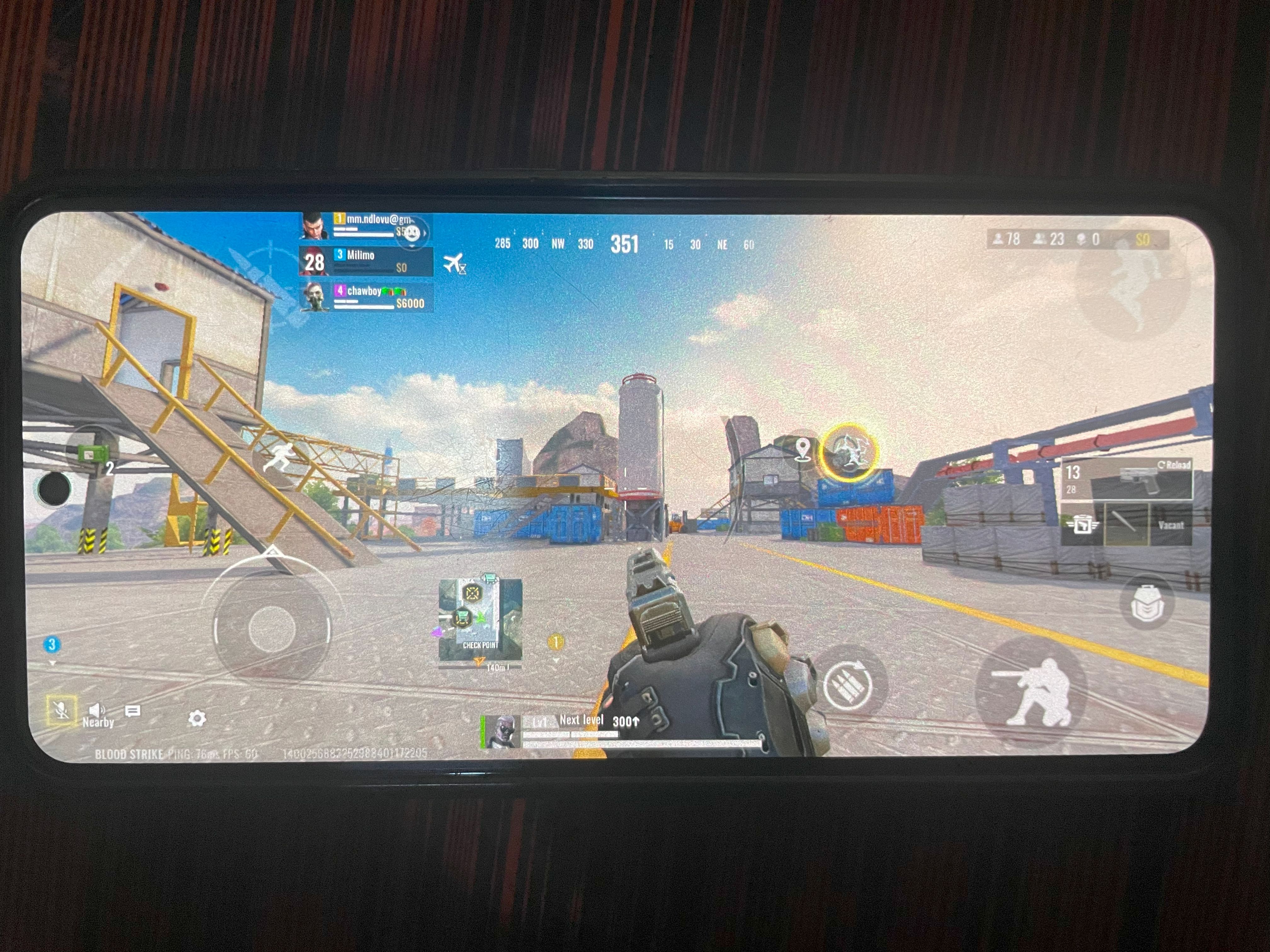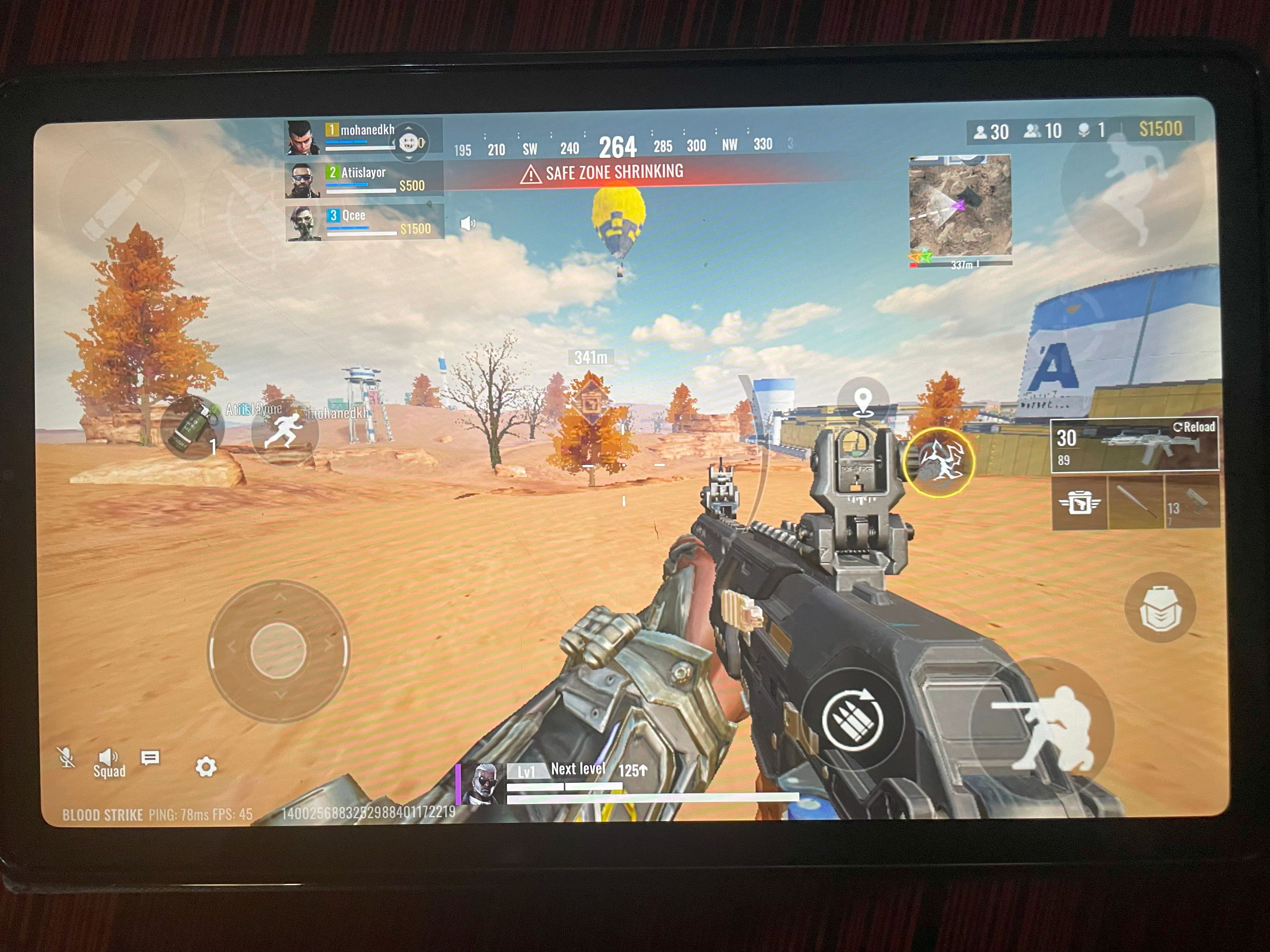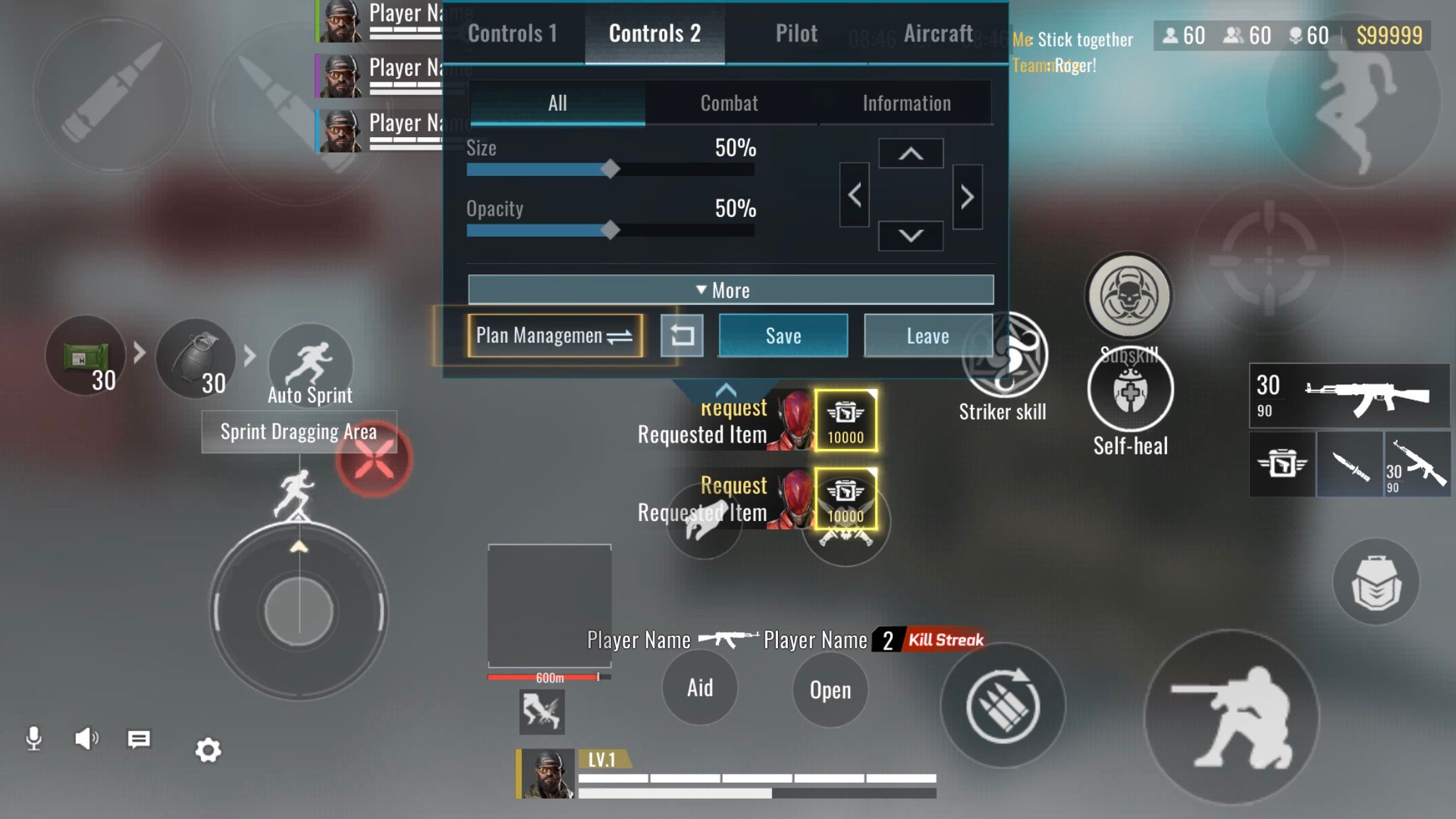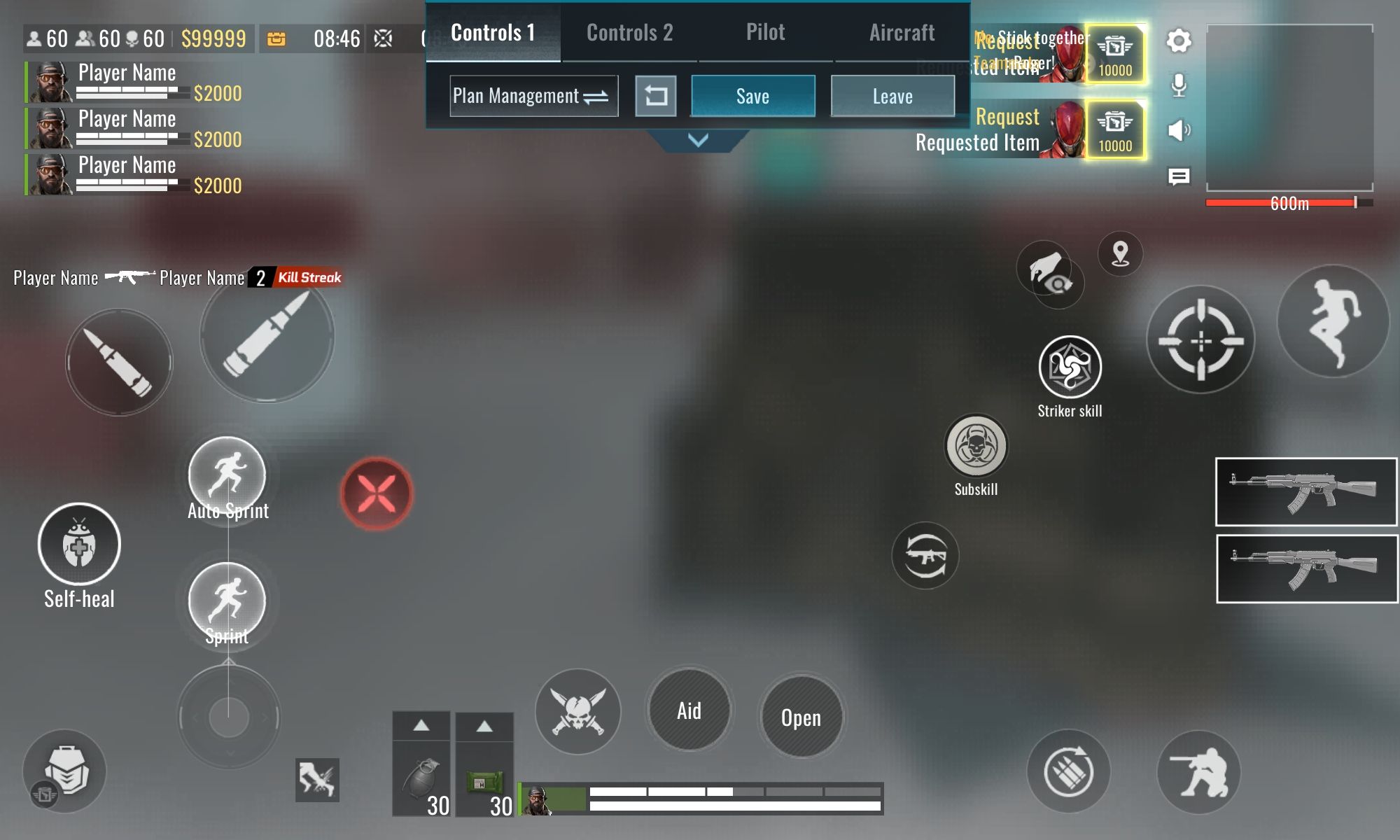Summary
- A tablet’s larger display offers more screen real estate which makes it easier to see what’s going on, improving the experience in detailed games.
- Tablets have more room for customizing controls and using control styles like the claw grip which can give you the edge in online play.
- A tablet’s larger battery life makes it perfect for long gaming sessions.
I bought an Android tablet to use exclusively for drawing. However, my mobile gaming has picked up as of late, so I installed my favorite games on it just to try them out and it’s been a revelation.
I Can See Things More Clearly
Now that I’m gaming on an Android tablet, it’s evident how much my smartphone’s screen restricts how much I can see. Some text is harder to read, UI elements feel cluttered, my fingers obstruct the screen, and I’ve missed so many important game details.
A tablet’s larger display makes everything more visible and easier to process. Text is more legible without squinting, and I can spot enemies from further away in competitive games and line up my shots better, improving my mid and long-range aiming.
It also allows me to appreciate the finer details in graphics-intensive titles that might otherwise be lost on a phone screen. A tablet is a great place to play Android games that look as good as console games.
There’s More Room to Customize the Controls
On a smartphone, I can’t be too fussy about the placement and visibility of the mobile touch controls. I have to choose what is necessary and what to disable, so everything I need fits on the small screen. And even with the controls I keep, I sometimes have to shrink or reduce the opacity of many of them so they don’t obstruct too much of the screen.
Since a tablet has more real estate, I can go nuts and create a layout that makes the controls accessible and visible. I can keep as much of it to the sides so there’s more room in the center for the action.
I found this particularly noticeable in games with complex interfaces like Blood Strike, where the UI elements covered so much of the screen that it was hard to see what was going on sometimes, especially when the action got intense.
I Make Fewer Mistakes
When playing an intense game that requires switching actions quickly, like transitioning from shooting to crouching or jumping to sliding, the cramped screen of a smartphone often leads to mistakes since the buttons are cramped together.
When the action gets frantic, I often find myself accidentally opening a menu or the map mid-fight. It’s not hard to guess what would happen once I closed these distractions—I died. This happens less on the tablet, since I can put some much-needed distance between the controls.
The Claw Grip is More Comfortable
The claw grip allows you to perform more actions simultaneously since—in addition to your thumb—you also use your other fingers to press more buttons simultaneously. The extra fingers need to be curled in a claw-like fashion for it to work; hence, the name. I tried it on a smartphone, and it just wasn’t as comfortable as I would have liked.
When I switched to a tablet, it became more comfortable because I didn’t have to curl my index finger so much. At the same time, the size of the tablet allows for a much more stable grip.
The Battery Lasts Longer
Due to the larger physical size, tablets usually have bigger batteries than smartphones. Their large surface area allows for effective heat distribution and dissipation. All this results in a battery that lasts longer between charges in many cases.
Because of this, I find the tablet to be perfect for my long gaming sessions. This is especially true when I am trying to increase my rank or grind battle passes before a season ends in a game like Farlight 84 or Call of Duty Mobile.
Not All Games Need a Tablet
With that said, I realize that not all games require a tablet to enjoy. So, there are a few exceptions here. For instance, many of the benefits mentioned above won’t do much to enhance the experience with casual games like Candy Crush Saga, Marvel Snap, and Monopoly Go!
The more “mobile” a game feels, the more at home it feels on a phone.
If you are serious about mobile gaming like I am, consider switching to a tablet for multiplayer games. Considering the points I have outlined above, it is very practical. You can still enjoy those casual games on your smartphone since those are usually designed around the smartphone’s smaller screen.








